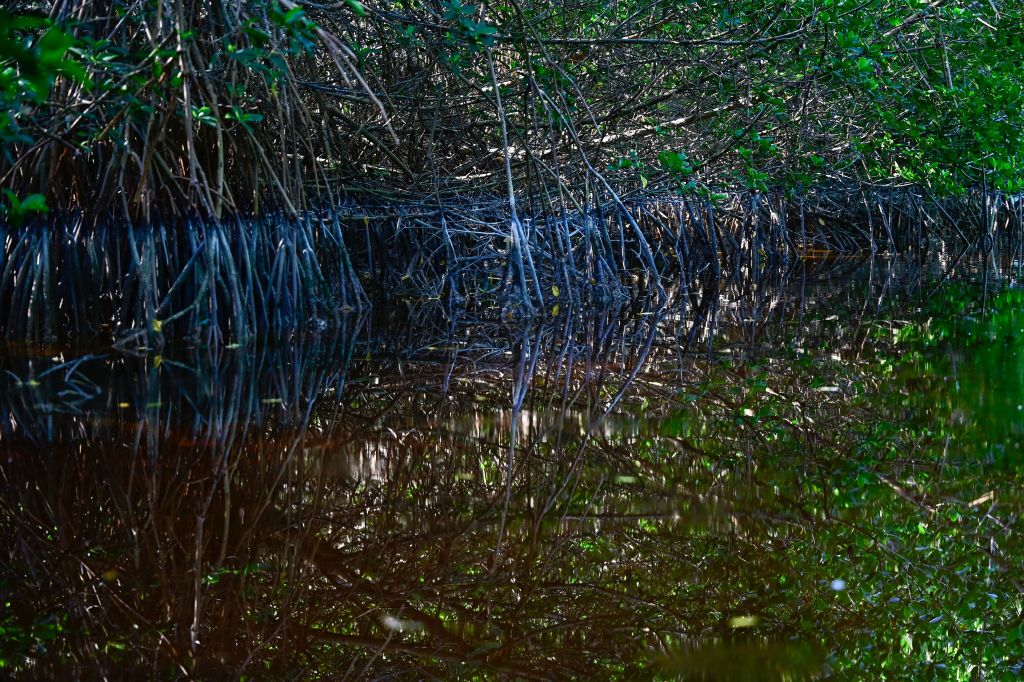A previously unknown ancient Mayan city was discovered deep in the jungles of the Balamku ecological reserve in Mexico, according to The New York Post.
The Archaeology Council of the National Institute of Anthropology and History (INAH) formed a team to search this remote area of the Yucatan Peninsula throughout May and into mid-June.
A team of archaeologists have discovered the remains of an ancient Mayan city deep in the jungle of the Yucatán Peninsula in southern Mexico. https://t.co/zYG6h94HnE pic.twitter.com/z8FLb96ljj
— ABC News (@ABC) June 22, 2023
According to the INAH, they focused on the extreme Northern region when stumbling upon the Mayan city ruins.
The INAH attributed this discovery to aid from the U.S. National Center for Airborne Laser Mapping of the University of Houston, which utilized airborne laser mapping technology (LiDAR) to focus on specific areas of interest.
Team leader Ivan Ṡprajc stated on Tuesday, “The biggest surprise turned out to be the site located on a ‘peninsula’ of high ground, surrounded by extensive wetlands. Its monumental nucleus covers more than 50 hectares and has various large buildings, including several pyramidal structures over 15 meters high.”
Large pyramid-shaped structures were revealed during the expedition, including three plazas surrounded by other structures and “imposing buildings,” as well as centralized altars. Archeologists suggest that these were utilized for rituals and Mayan ball games.
In addition, the site holds patios and even a causeway that connects the southeastern and northwestern areas.
Circular stone columns were found around the entire Mayan city which are theorized to have served as entryways.
Due to the presence of so many of these columns, the team has deemed this Mayan city, Ocomtún, which means “stone column.”
It is dated to be from the Classic period, which ran from 250-1,000 AD.
Ṡprajc discussed the Mayan city’s history, stating, “The most common ceramic types that we collected on the surface and in some test pits are from the Late Classic (600-800 AD); however, the analysis of samples of this material will offer us more reliable data on the sequences of occupation.”

























 Continue with Google
Continue with Google